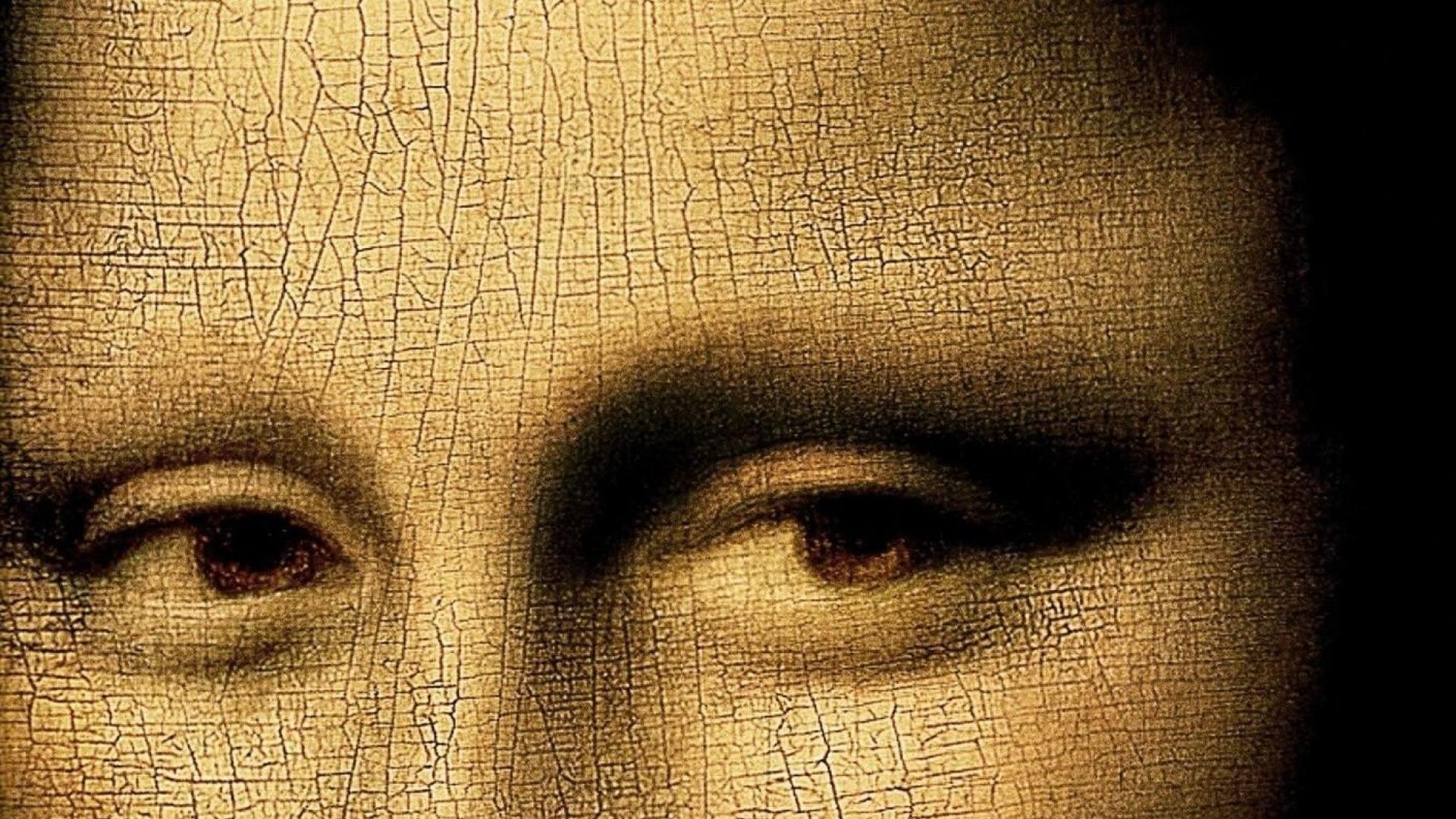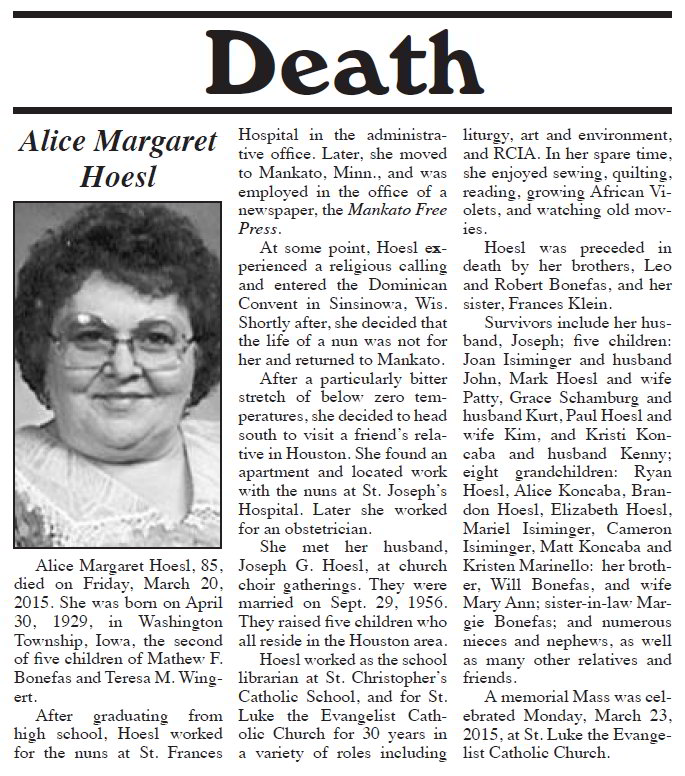The Da Vinci Code: A Comprehensive Guide

Table of Contents
The Enthralling Plot and its Key Mysteries
The Da Vinci Code plunges readers into a whirlwind chase centered around the murder of Jacques Saunière, curator of the Louvre Museum. Saunière's death is far from ordinary; he leaves behind a cryptic message, a trail of clues that lead symbology professor Robert Langdon and cryptologist Sophie Neveu on a perilous journey. This thrilling plotline is filled with twists and turns, keeping readers guessing until the very end.
Key plot points include:
- The murder of Jacques Saunière and the cryptic message: Saunière's carefully orchestrated death sets the stage, leaving behind a series of riddles and symbols that Langdon and Neveu must decipher. This initial mystery immediately hooks the reader and sets the tone for the entire novel.
- The introduction of Robert Langdon and Sophie Neveu: Langdon, with his expertise in religious iconography and symbology, and Neveu, with her unexpected connection to the Priory of Sion, form an unlikely partnership. Their dynamic relationship is crucial to the unfolding narrative.
- The search for the Holy Grail and its true meaning: The central mystery revolves around the search for the Holy Grail, not as a sacred chalice, but as a symbol with a radically different interpretation presented in the book. This reinterpretation is central to the novel's themes.
- The role of the Priory of Sion and its hidden secrets: This secretive organization, steeped in legend and shrouded in mystery, plays a crucial role in protecting a historical secret that directly relates to the true nature of the Holy Grail. The Priory of Sion is a significant element of the Da Vinci Code's fictional narrative.
- Confrontations with Opus Dei and their motives: The Catholic organization Opus Dei is depicted as an antagonist, adding another layer of complexity to the religious conspiracy at the heart of the story. Their involvement adds a thrilling and controversial dimension to the narrative.
Throughout the novel, Da Vinci's artwork serves as a visual guide, its hidden meanings and symbols acting as clues for Langdon and Neveu to follow. The symbology is intricately woven into the narrative, adding depth and mystery.
Unveiling the Characters of The Da Vinci Code
The characters in The Da Vinci Code are richly developed and integral to the story's success. Each character brings unique skills, motivations, and secrets to the table.
Let's take a closer look:
- Robert Langdon: Langdon's expertise in symbology and religious iconography is vital to deciphering the clues left behind by Saunière. He's a reluctant hero who is drawn deeper into the conspiracy than he initially anticipated.
- Sophie Neveu: Neveu's connection to the Priory of Sion and her personal journey of self-discovery drive much of the plot. She becomes a key figure in the search for the truth.
- Sir Leigh Teabing: This seemingly benevolent historian acts as a mentor figure to Langdon and Neveu, but his own hidden agenda adds another layer of suspense to the story. His true motives are gradually revealed as the plot progresses.
- The antagonist(s): The identity of the antagonist(s) remains a mystery for much of the novel, adding to the suspense and tension. Their actions propel the plot forward and create significant obstacles for Langdon and Neveu.
The relationships between these characters are complex and constantly evolving, shaping the events of the narrative and adding emotional depth to the thrilling chase.
Decoding the Symbolism and Historical Context
The Da Vinci Code is rich in historical and religious allusions, many of which are interwoven with fictional elements. The novel cleverly blends fact and fiction, often blurring the line between the two.
Key symbols and their interpretations include:
- The Holy Grail: The novel presents a radical reinterpretation of the Holy Grail, shifting it from a literal chalice to a symbolic representation of Mary Magdalene and the continuation of Jesus' bloodline. This reinterpretation sparked significant debate.
- The Priory of Sion: The novel presents the Priory of Sion as a real historical organization, though its alleged connections to historical figures and its actual influence are disputed. This fictionalized account adds to the mystery and intrigue.
- The use of Leonardo Da Vinci's art: Da Vinci's paintings, such as The Last Supper and Mona Lisa, are not only referenced but are integral to the unfolding mystery, with their hidden symbols guiding the protagonists.
- The portrayal of the Catholic Church and its historical practices: The novel presents a critical portrayal of certain aspects of Catholic Church history, leading to significant controversy and sparking debates about historical accuracy and the novel's interpretation of events.
It's crucial to understand that while The Da Vinci Code uses real historical figures and events as a backdrop, it takes significant creative liberties, blending fact and fiction to create a compelling narrative.
The Impact and Legacy of The Da Vinci Code
The Da Vinci Code achieved phenomenal success, becoming a global phenomenon and profoundly impacting popular culture. Its influence can still be felt today.
Key impacts include:
- Increased interest in religious history and art history: The novel sparked renewed interest in religious history, art history, and symbology, prompting many readers to explore these fields further.
- The generation of discussions and debates on religious beliefs and practices: The novel's controversial interpretations of religious history fueled passionate debates and discussions among religious scholars, theologians, and the general public.
- Adaptations to film and other media: The novel's success led to a major motion picture adaptation, further solidifying its place in popular culture and introducing it to a wider audience.
- The controversies and criticisms surrounding the novel: The novel's controversial interpretations of history and religious figures led to criticisms from various quarters, adding to its notoriety and fueling public discourse.
The Da Vinci Code's lasting impact extends beyond its initial success. It remains a significant work of fiction, continuing to spark discussions and fascinate readers with its blend of history, mystery, and religious intrigue.
Conclusion
This comprehensive guide explored the multifaceted world of Dan Brown's The Da Vinci Code, examining its plot, characters, symbolism, historical context, and lasting impact. From deciphering cryptic clues to understanding the controversies it sparked, we journeyed through the heart of this iconic mystery novel. We explored the key characters, including Robert Langdon and Sophie Neveu, delved into the mysteries surrounding the Holy Grail and the Priory of Sion, and examined the controversies surrounding the novel's portrayal of religious history.
Ready to delve deeper into the enigmatic world of The Da Vinci Code? Further explore Dan Brown's masterful storytelling, and uncover the hidden layers within this captivating thriller. Begin your own investigation into the secrets of The Da Vinci Code today!

Featured Posts
-
 Keep Key Road Open A Realistic Plea From Truck Drivers
May 13, 2025
Keep Key Road Open A Realistic Plea From Truck Drivers
May 13, 2025 -
 In Memoriam Recent Obituaries In Town City Name
May 13, 2025
In Memoriam Recent Obituaries In Town City Name
May 13, 2025 -
 Sabalenka Claims Madrid Open Title With Victory Over Gauff
May 13, 2025
Sabalenka Claims Madrid Open Title With Victory Over Gauff
May 13, 2025 -
 Hostage Situation A Fathers Inspiring Message
May 13, 2025
Hostage Situation A Fathers Inspiring Message
May 13, 2025 -
 Senior Calendar Of Events Trips And Activities For Active Seniors
May 13, 2025
Senior Calendar Of Events Trips And Activities For Active Seniors
May 13, 2025
